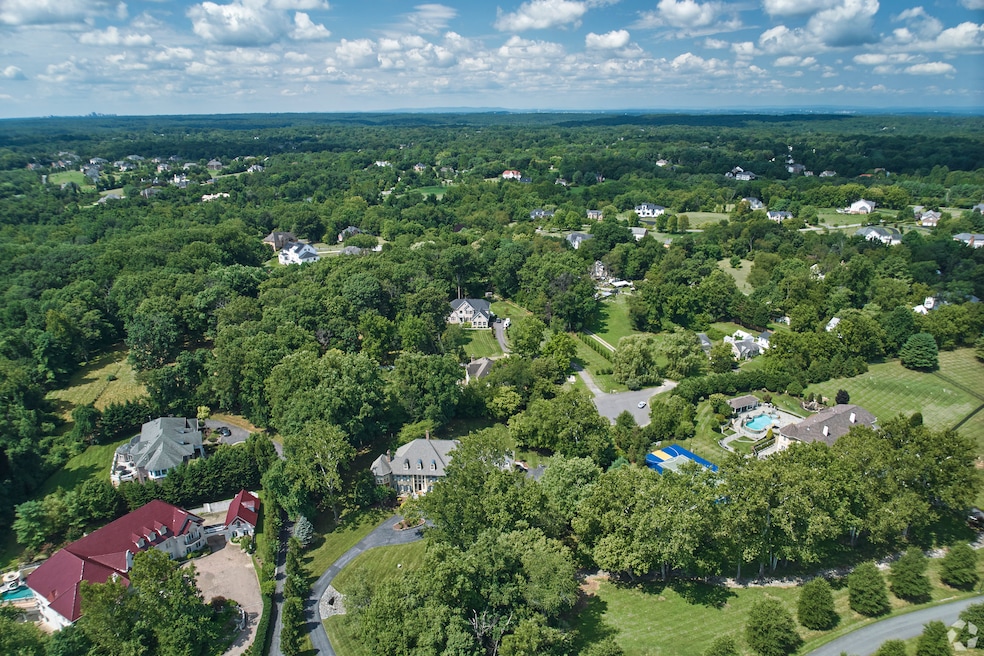Maryland's Montgomery County ushered in a new zoning policy Tuesday in hopes of boosting its housing supply.
By an 8-3 vote, the Montgomery County Council approved an initiative allowing duplexes, triplexes, townhouses and apartments in several zones once reserved for single-family homes. The projects must dedicate 15% of their residences to workforce housing. If the property is a small project of only four units, one must be dedicated to workforce housing. Montgomery County borders northwest Washington, D.C., and includes cities like Bethesda and Silver Spring —popular locales for the capital's workforce.
The vote was taken after an hour-and-a-half debate in which council members emphasized the shortage of housing in the county amid high demand.
“We must do what we can to increase housing stock in general and to address affordability for our residents,” Councilmember Marilyn Balcombe said. “It is one piece of the puzzle.”
The Montgomery County Community Action Agency’s 2022-2025 needs assessment found that just over a quarter of its homeowners and about half of its renters spent more than the recommended limit of 30% of their income on housing costs. This forces them to cut back on other necessities — food, transportation and medical needs.
Demand exists for housing in Montgomery County, but some longtime residents pushed back against the proposal. Some booed at several points throughout the discussion. Other similar zoning initiatives — most recently the approval of a proposal to allow accessory dwelling units, tiny homes built on occupied property — also raised concerns regarding the challenges that increasing density brings: traffic and more students in an already crowded education system.
“This is obviously a very difficult conversation for many different reasons, because our homes are something we invest in,” said councilmember Gabe Albornoz. “It’s understandable that people have raw emotions when it comes to discussing something as important as your own home.”

